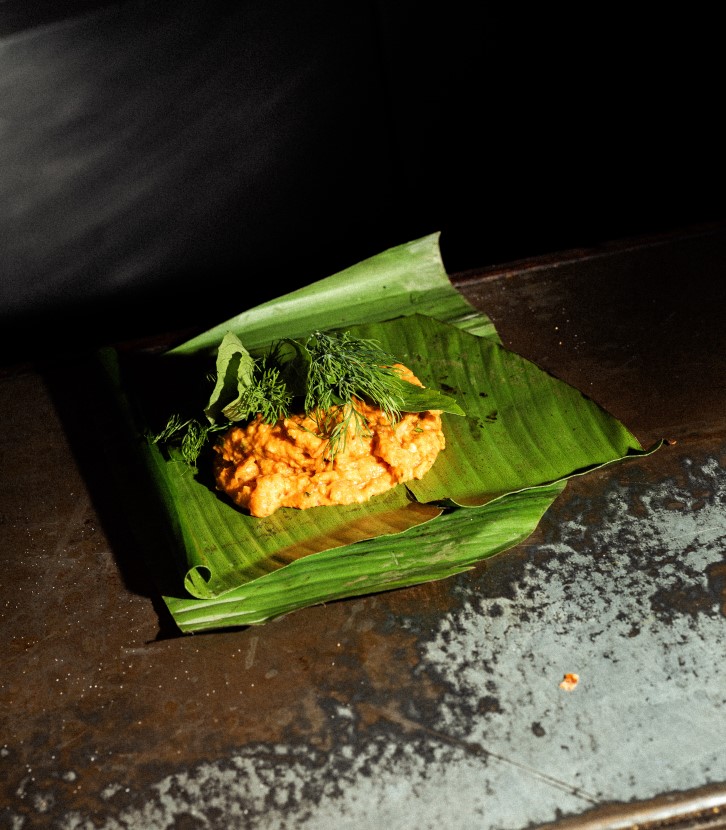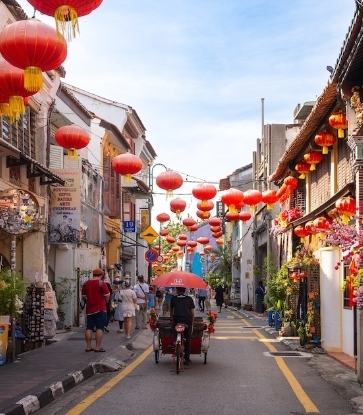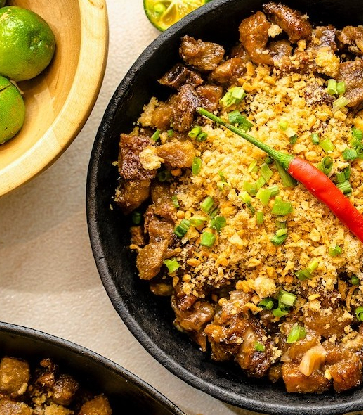Korean barbecue is a meal revered in South Korea for both its popularity among locals and the way it has come to define many a tourist’s experiences of Korean food. From juicy, seasoned pork ribs, to the choicest Korean beef rib eye or moist charcoal-grilled chicken thighs and tender pork belly, it is no wonder that Korean barbecue has captivated the palates of people from all over the world.
Most Korean barbecue experiences are simple affairs: diners sit around the table installed with a sizzling hot grill and cook the meat themselves while tucking into seemingly endless plates of banchan. However, a new way of enjoying a Korean barbecue has emerged, one that reimagines the traditional meal as a long and luxurious multi-course menu entirely curated by the chef.
In this new form, the delicate technique and creativity of a chef are expressed through the elegant progression of a traditional tasting menu. The ingredient at the center of the craze? Hanwoo, or Korean beef.
One restaurant that has introduced this dining format to great success is modern restaurant RIPE, MICHELIN Plate restaurant, in southern Seoul’s Gangnam District, where chef Kim Ho-yoon has dubbed his tasting menu the “Hanwoo beef course”. He tells us about his unique vision for a new way of enjoying an old favorite.
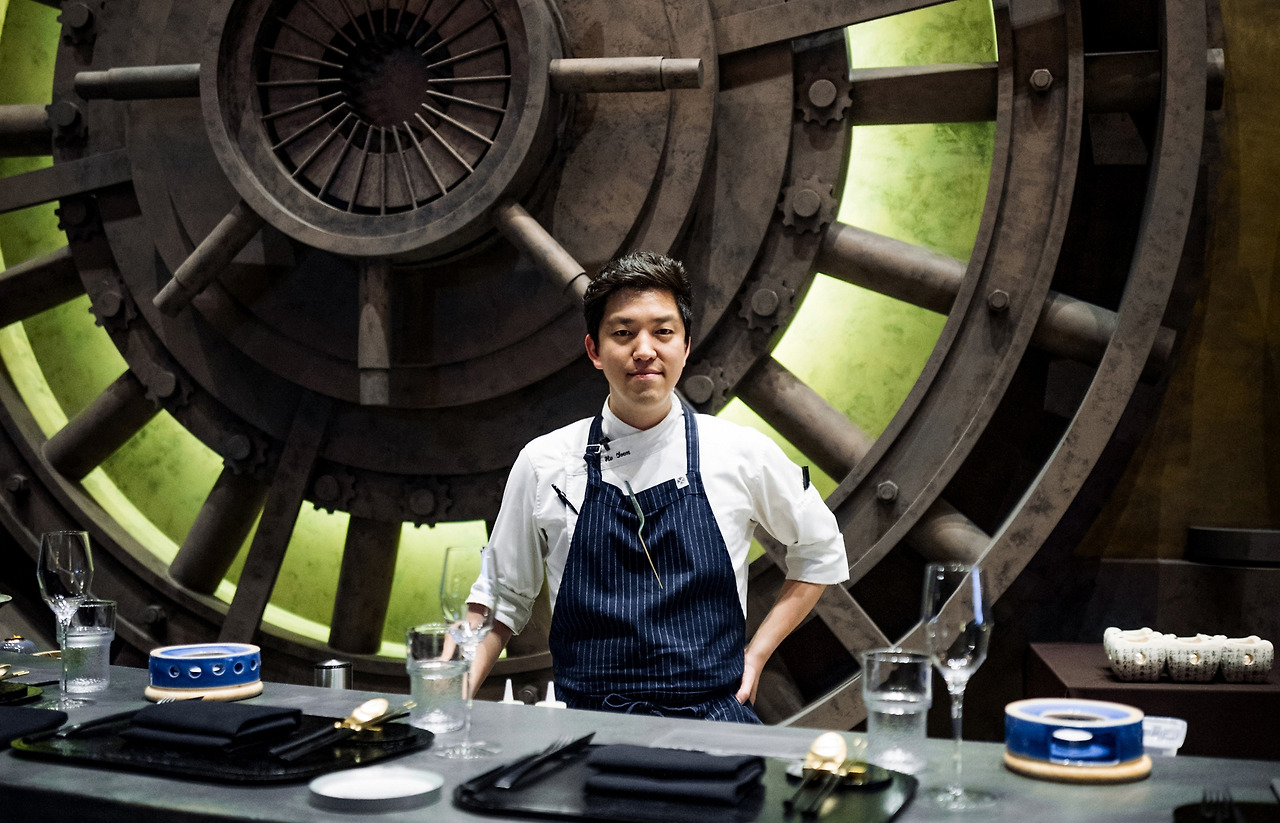
What is the concept behind the hanwoo beef course at RIPE?
The texture and taste of beef vary greatly depending on which part of the animal it is taken from. In South Korea, beef has historically been treated as a very prestigious ingredient up to today, thus beef cuts are classified according to an extremely precise scale compared to those in other countries.
We have the vision to create a standard for a new multi-course menu where Hanwoo takes center stage. It's very challenging to use Korean beef from the beginning to the end of the meal because there's no precedent or tradition of this sort in our food culture. However, we want to use this format to express our thoughts and intentions freely without being restricted by the rules, which can be a good thing. I want to be a pioneer of the Hanwoo beef course and show off our restaurant’s style of food.
The most important thing is to establish a menu flow that makes diners feel comfortable. We're experimenting with changing menus so that our guests can enjoy various cuts of beef without getting tired of eating meat. We wet-age the Hanwoo beef to enhance its flavor and extract as much umami as we can, then we pair the meat with seasonal ingredients that showcase our country’s food. We also closely examine Korean food culture and reinvented recipes in our own way. For example, most Koreans have fond memories of eating grilled meat wrapped in fresh greens on a summer day. I want to create a dish with assorted summer vegetables and grilled beef that recreates this experience.
RIPE's Hanwoo beef course is primarily designed so that diners can enjoy various parts of Korean beef without tedium. First, we serve yukhoe, which is a way of eating raw beef, followed by a seasonal vegetable salad. After that, some special cuts of beef such as grilled intestines are served to show the interesting taste and texture of the Hanwoo. Then, straw-smoked beef cuts and warm broth made from beef bones are served. Sometimes we also serve sweet and spicy noodles to make the meal flow more seamlessly from course to course. After a citrusy cleanser, the meal finishes on a hearty dish that includes rice, which is how Koreans typically end their barbecue meals. To round it off, we offer desserts made from local ingredients. Through this sequence of courses, diners can explore the infinite charm of Hanwoo.

What is the charm of Korean beef?
I have tried various kinds of beef from all over the world, but Korean beef has a unique charm unlike any other. When you taste it, you will be amazed at how could this is not known all over the world. It is common knowledge that US and Australian beef varieties have excellent flavor and that Japanese Kobe beef has an interesting melting texture with the high-fat content.
However, Korean beef beats all of those varieties in both flavor and texture. Hanwoo beef is rich in flavor with tons of umami. At the same time it is rich in fat, so it is soft in texture while remaining just the right amount of bite so you can enjoy rich juiciness in your mouth for a long time. It's really great. When foreign chefs come to Korea, I treat them to Korean beef and everyone is surprised. I think it's the jewel of our country’s produce that is still largely unknown outside of Korean.
How do you source and treat the Hanwoo beef to get the best results?
We buy Hanwoo at auction every time because beef cattle in certain areas or farms can't always be the best. After winning a bid for premium Korean beef at the auction, we bring the meat to the restaurant and go through the wet-aging process. The duration of the wet-aging varies dramatically depending on the condition of the meat, which is determined by the terroir where the cattle were raised, so there’s no fixed period of aging. The secret to our Hanwoo is simple: we taste the beef after some aging and adjust accordingly until we’re satisfied.
Seasonal ingredients such as vegetables and seafood are just as important to the menu as the beef. I want our guests to feel this country’s seasonal changes by eating the right food at the right time. Our restaurant's name, RIPE, refers to the ripeness of fruit, not just meat. Without the harmony created by pairing the meat with seasonal ingredients, the Hanwoo beef course is not complete. That’s why it's also very important that I visit farms personally so that I can source the suitable ingredients that capture the season.

What is your cooking philosophy?
Koreans have a special affection for beef. Beef is the first ingredient that comes to mind when we celebrate a good day. Traditionally, there is a notion that there is a classic way to cook and eat beef. It’s a common practice to eat from cuts with has low fat and then move on to those with higher fat contents, followed by the intestines. At RIPE, the taste of the meat itself plays the main role, so we wanted to create a new way of cooking the beef in a new sequence, which offers diners a new perspective on beef.
For example, in Korea, we eat fatty saewoosal (ribeye cap steak) almost at the end of the meal because it is high in fat with intense flavor. Saewoosal, which literally means “shrimp meat” in Korean, gets its name from its bent shape, which resembles a shrimp, and is a part of the rib eye that is classified more precisely in Korea. We prepare this part by smoking it in straw to maximize the fatty flavor, and then we serve it at the beginning of the course with grilled seasonal vegetables. It's quite a different flow from the usual sequence, but I believe that it's more effective this way.
What is RIPE’s signature dish?
We serve a special beef part – sometimes saewoosal or chimasal (skirt steak), depending on the condition of the beef and seasonal changes. These cuts go through a complicated process before we serve it on the dining table. First, it’s wet-aged to extract its ultimate flavor, and then pan seared at a high temperature. After quickly searing the surface, the meat is slowly cooked on charcoal with radiating heat to soften the fat, maximize the juices and extract umami. It is also smoked with straw to give a nice charred flavor. After the smoking process, it is heated on charcoal once again before serving.
There are different pros and cons to each technique used to cook the meat. You might think of it as just a piece of grilled beef, but a chef can maximize its taste by utilizing various cooking methods in order to extract the best flavor or a beef cut. It is truly a recipe that can’t be neatly summed up in a word like “grilled”.
I want to blend Korea's unique food culture into our cuisine. In Korea, we have a culture of enjoying tea made from grains, such as barley tea and buckwheat tea, so I use these teas for the beef broth. Also, it is not common practice to put garlic in beef consommé, but we season our broth with salt and garlic to show the typical style of Korean cuisine.
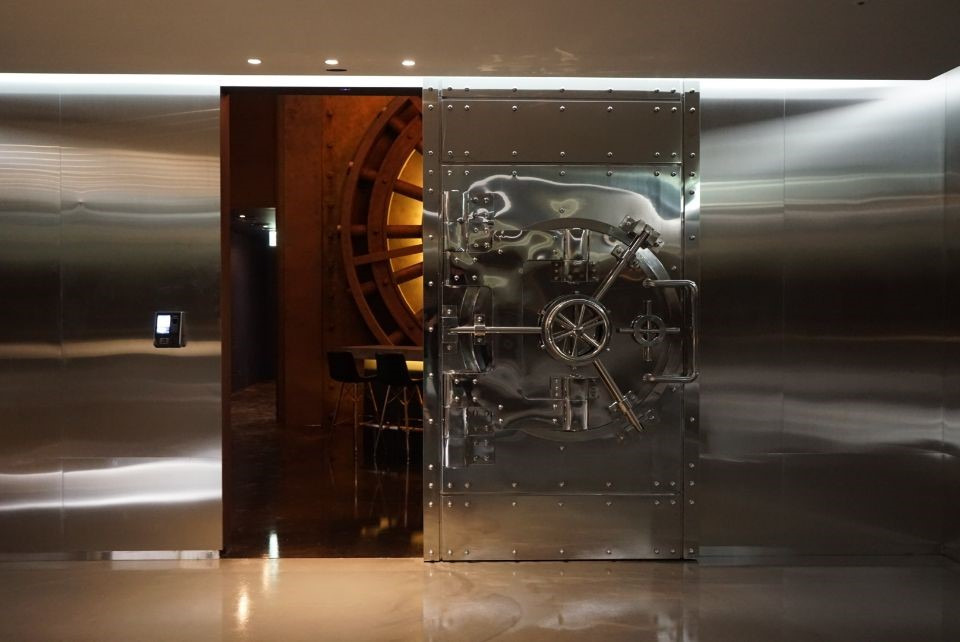
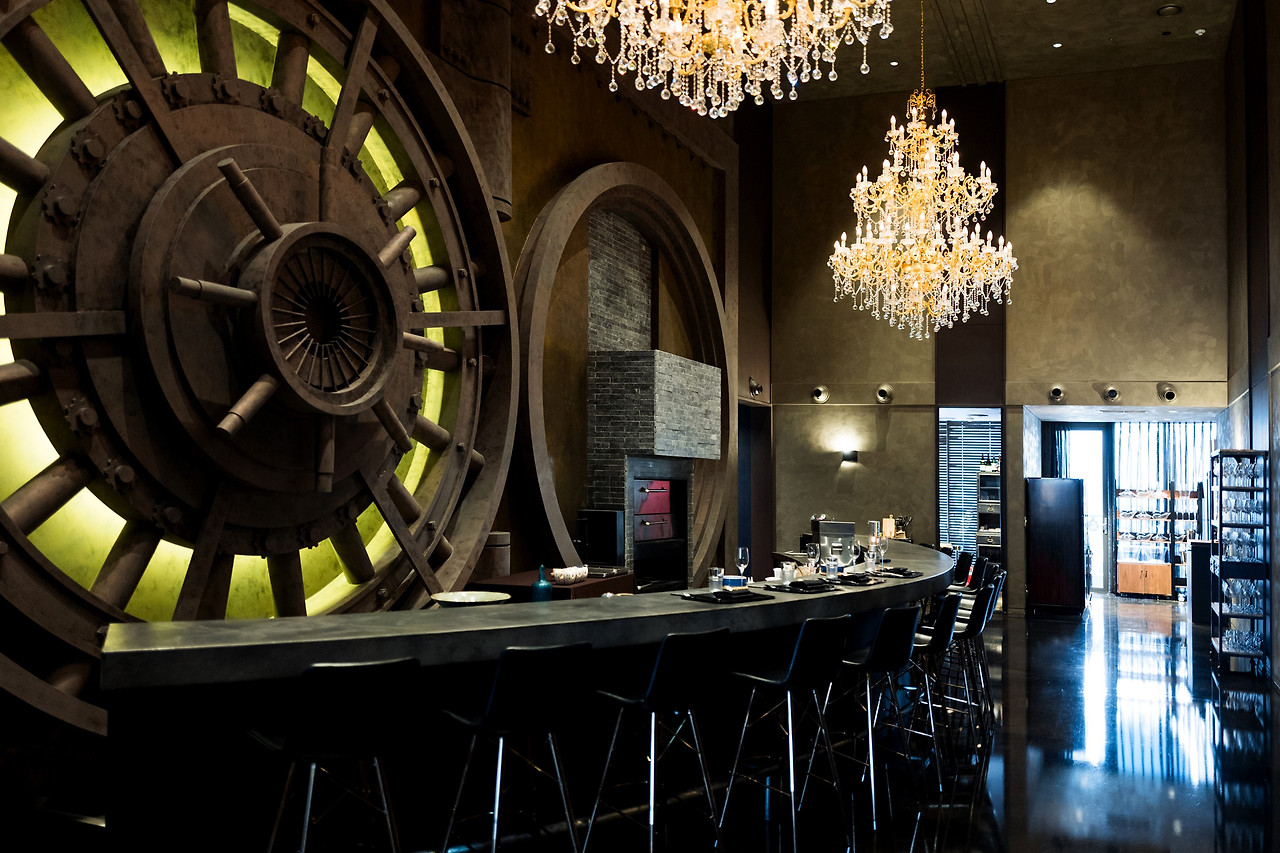
What is your vision for the future of RIPE?
In the past, South Korea was not a country where beef cattle were plentiful, so we developed a unique way of utilizing various parts. We eat the feet, intestines, head… literally everything on the animal. Even sirloin can be divided into various sub-parts in Korea, including flower-sirloin (kkotdeungsim), cap steak (saewoo-sal), and core-sirloin (aldeungsim). We like to offer our diners creative ways of enjoying the dynamic taste of Hanwoo, so we’re constantly developing new ways to eat it, as well as developing new recipes that contain our food culture.
I want our diners to discover the charm of Hanwoo beyond the popular cuts like the tenderloin or sirloin. Thanks to learning about other cuisines in the course of my career, it inspired me to try using gamey meat that is still not as popular amongst Korean gourmets. At RIPE, I use parts such as the internal organs and ox tongue in our courses so that diners can enjoy these uncommon ingredients and broaden their gastronomic vocabulary at the same time.





